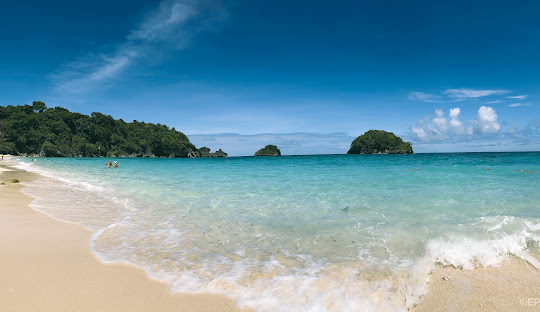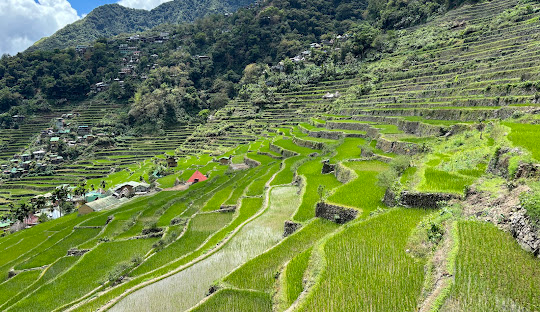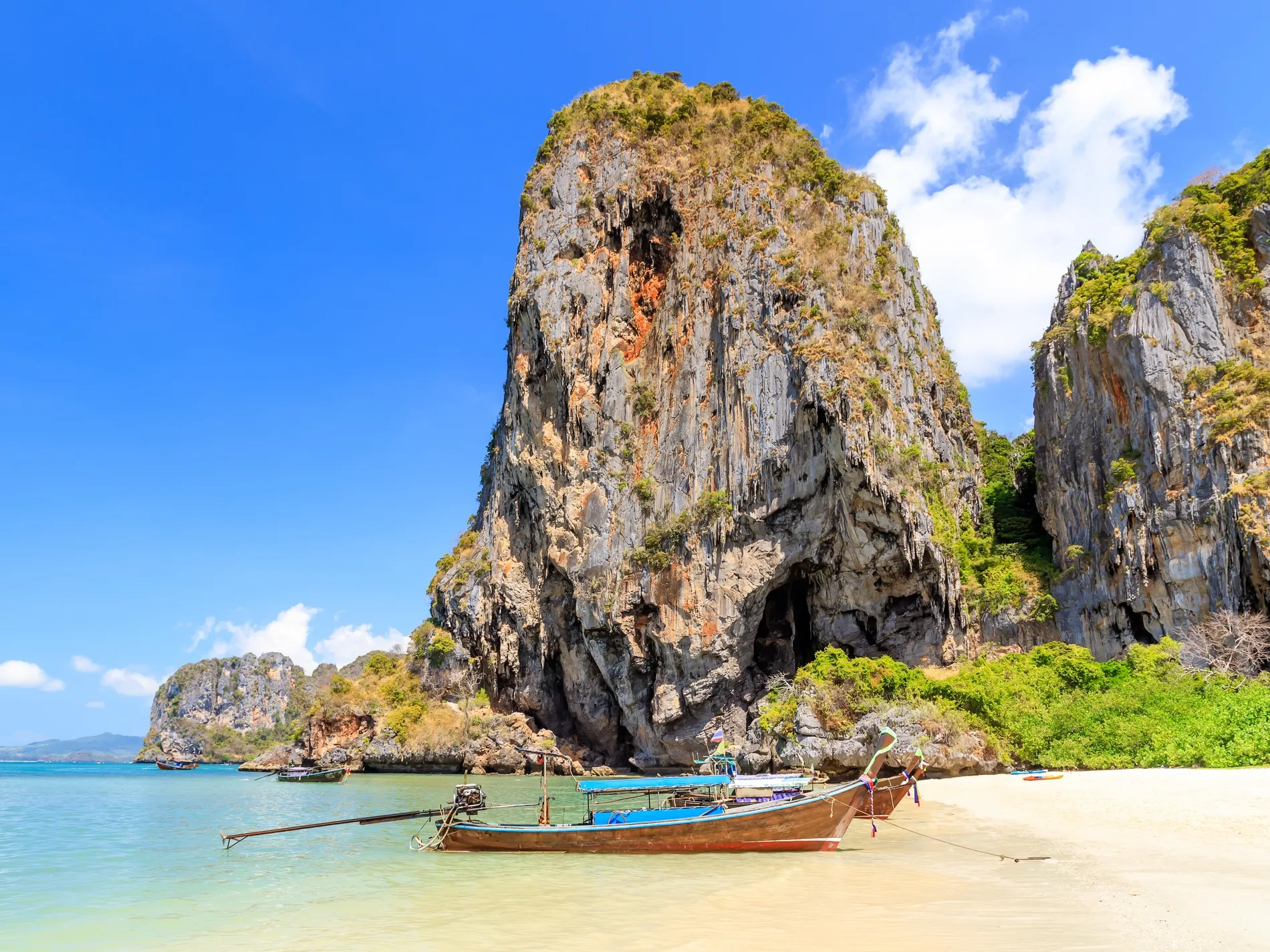Where Every Island Tells a Story
Tropical Escapes
The Philippines is an archipelago of over 7,000 islands known for its stunning beaches, vibrant culture, and rich history. Major highlights include the pristine white sands of Boracay, the historic streets of Intramuros in Manila, the stunning Banaue Rice Terraces, and the breathtaking beauty of Palawan’s limestone cliffs and clear waters.
Top
Destinations

Manila

Boracay

.png)
.png)
.png)
.png)








